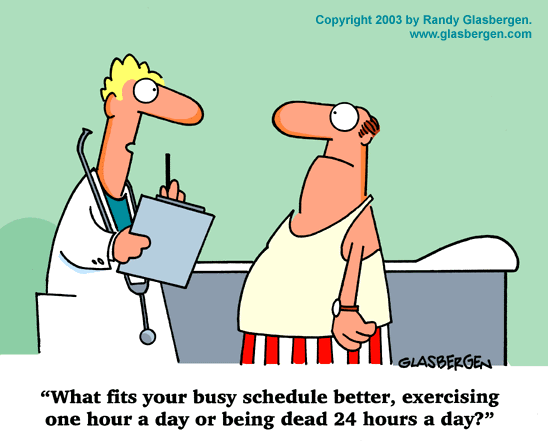What is Diabetes?
As you may or may not know, diabetes is a metabolic disorder by which the body either fails to produce adequate amounts of insulin needed to properly break down glucose in the blood, or cells in the body are simply unable to react properly to the insulin that is created, leading to the same results.
Those who suffer from this disease may have side effects like frequent urination and thirst, but it can also lead to more serious complications like:
- glaucoma
- infections
- ulcers
- neuropathy (nerve damage)
- heart disease
- an inability of the body to heal wounds
- and in extreme cases, amputation of extremities
Type-2 Onset Diabetes
Unfortunately, type-2 diabetes, which is the most common type (affecting approximately 90% of all sufferers), is often brought on by excessive weight, and especially body fat in the abdominal region, that disrupts the body’s metabolic processes. On the upside, the easiest way to combat and even reverse this condition is by losing weight.
Whereas the 10% of diabetics who suffer from type-1 diabetes will be relegated to taking insulin injections for the rest of their lives, those who can attribute their condition to lifestyle have the ability to make a radical change that results in better health.
Diet and Exercise
![]()
Diet and exercise are the keys to the kingdom when it comes to reducing the risk of diabetes and controlling symptoms to the point that medication is unnecessary. Many people think that regulating their diet alone will do the trick, and in some cases this may be true. When it comes to losing weight and getting fit in order to prevent the onset of diabetes, exercise is an integral part of the plan that can make a huge difference.
The problem is that losing weight may not be enough to stop this disease in its tracks. Since the onset of diabetes is related to body fat as well as weight, you need to replace fat with muscle if you want the best chance of avoiding this potentially life-threatening disorder.
The best sort of diet to follow, is one that does not introduce an abundance of high glycemic carbs into the body. See my upcoming Project Shred diet for a great 21-day weight loss and detox solution. It could probably be modified to support the needs of a diabetic, with of course the input from your nutritionist. Because as we know, my articles and rants are for informational purposes only and should not replace the advice of a licensed nutritionist or medical doctor.
There are many great workout routines you can follow. One of the best routines for beginners, is the Generic Full Body Workout Routine that works the whole body three times per week. It is a great starting point for someone with diabetes who has not exercised before.
In fact, 150 minutes per week of physical activity combined with a weight loss of 5–7% body fat reduced the risk of progression from impaired glucose tolerance (IGT) to type 2 diabetes by 58%. Depending on the intensity and duration of the activity, cardiovascular exercise has a positive effect on insulin sensitivity from 24–72 hours.
Resistance training is believed to have a slightly longer positive effect in the range of 48-72 hours. In either case, it is advised not to take more than 1 day off between training sessions in order to achieve a sustained positive effect.
Medication Time!
There are, of course, other ways to treat diabetes, such as medication (tablets or injections) or gastric bypass surgery, for example. But if you want to enjoy better overall health and longevity, you need to seriously reconsider your current lifestyle. This is especially important if you have a family history of diabetes to contend with since it can be a hereditary condition.
That said, you have a lot of control over whether or not you actually suffer from diabetes. Even those who may be more prone to the onset of this disease can stop it from becoming a reality through preemptive measures, and exercise plays a major role.
Although weight gain and loss tends to revolve predominantly around your diet, your percentage of body fat can be better controlled through physical activity, and this is an essential step if you want to stave off diabetes and avoid the prodigy test strips and insulin injections that could come with it.
So find a way to work in the cardiopulmonary activities that will keep your heart healthy, as well as some toning and strengthening routines that will turn your fat into muscle. Along with a proper diet, this could help you to lose weight, get fit, and ultimately prevent the onset of diabetes.
Resources:
American Diabetes Association. Diabetes Care. Physical Activity/Exercise and Type 2 Diabetes
Time Magazine. Study: The Best Exercise for Diabetes
Tags: diabetes, Diet, exericse, Medical, onset diabetes, type-1, type-2
